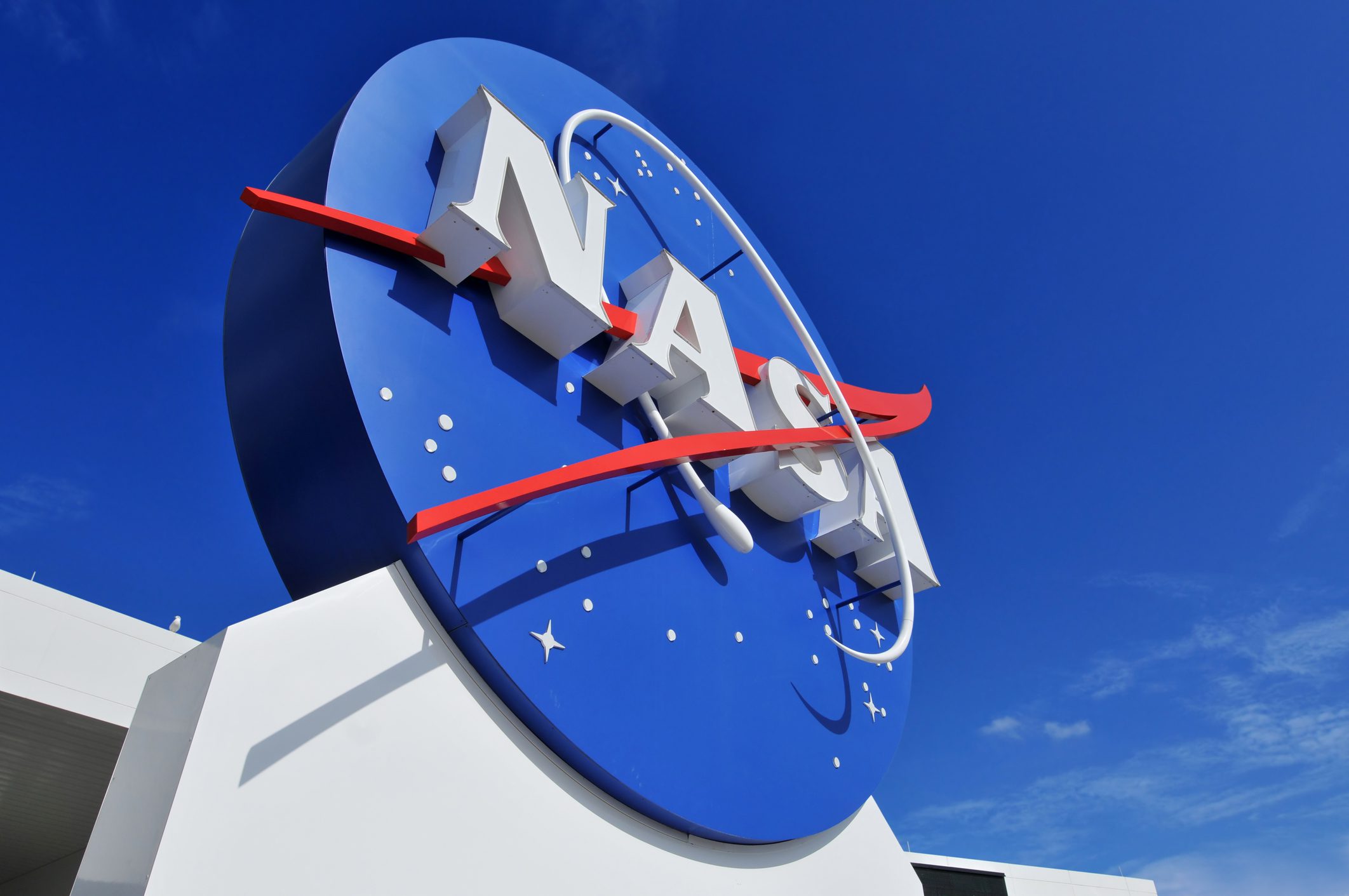For the first time in history, a spacecraft has made contact with the Sun. NASA’s Parker Solar Probe has now passed through the Sun’s upper atmosphere, called the corona, and has sampled particles and magnetic fields there.
This contact marks a big step for the Parker Solar Probe and a giant leap for solar science. Being able to touch the very elements that make up the Sun will better scientists’ understanding of our closest star and its influence on our solar system.
“Parker Solar Probe’ touching the Sun’ is a monumental moment for solar science and a truly remarkable feat,” said Thomas Zurbuchen, associate administrator for the Science Mission Directorate at NASA Headquarters in Washington.
“Not only does this milestone provide us with deeper insights into our Sun’s evolution and its impacts on our solar system, but everything we learn about our own star also teaches us more about stars in the rest of the universe,” he said.
The solar probe launched in 2018, beginning the first mission of its kind. Three years later, it’s finally arrived, traveling closer to the Sun than any spacecraft has before.
The Sun doesn’t have a solid surface, but instead a superheated atmosphere that’s made of solar material bound to our star by magnetic forces and gravity.
As rising heat and pressure push the solar material away from the Sun, it reaches a point where the magnetic forces and gravity are too weak to contain it. This point is known as the Alfven critical surface.
Before this mission, scientists were unsure where the Alfven critical surface was located. Now, based on the images that the probe has provided, they have estimated that it is somewhere between ten and twenty solar radii (about 4.3 to 8.6 million miles) from the Sun’s surface.
Parker Solar Probe will continue moving closer to the Sun, including an upcoming flyby in January 2022 that will bring it through the corona once more.
“I’m excited to see what Parker finds as it repeatedly passes through the corona in the years to come,” said Nicola Fox, division director for the Heliophysics Division at NASA Headquarters. “The opportunity for new discoveries is boundless.”
Parker Solar Probe is a part of NASA’s Living with a Star Program that explores the aspects of the Sun, its relation to Earth, and how it directly affects life and society on our big, blue planet.






